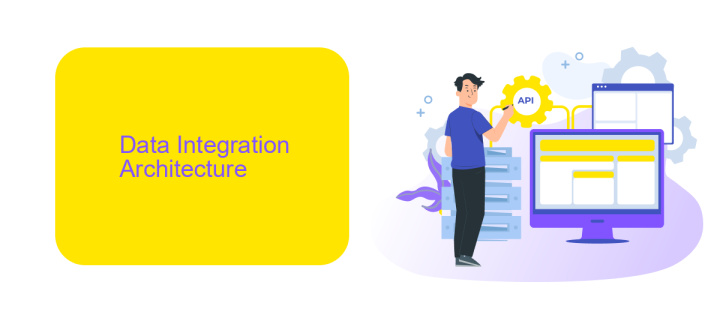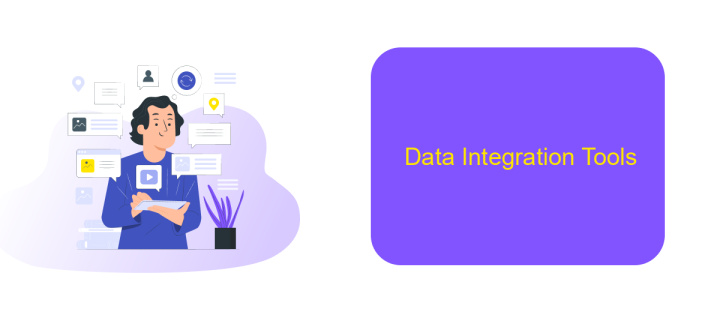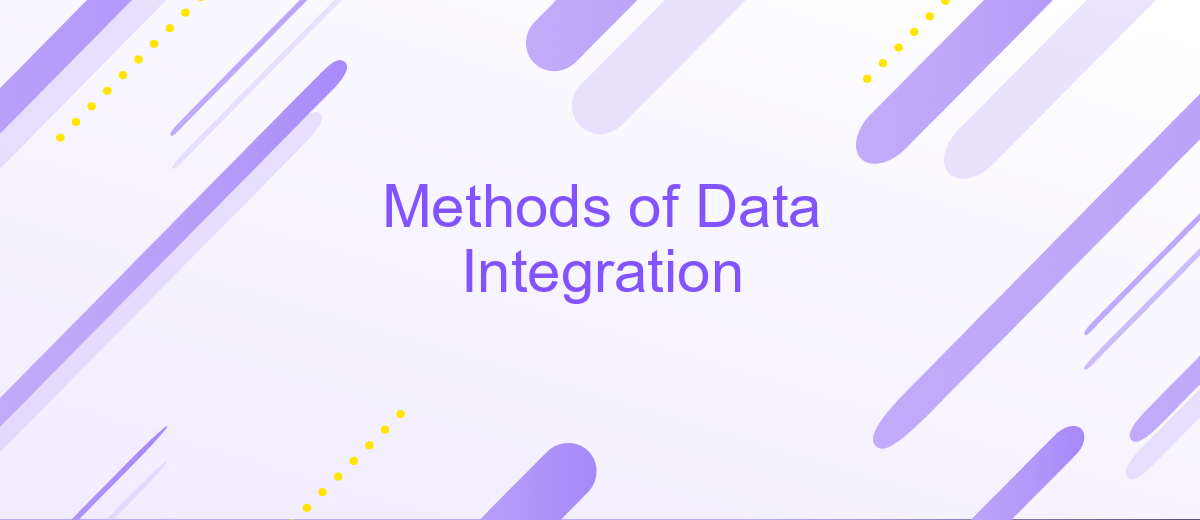Methods of Data Integration
Data integration is a critical process in modern data management, enabling organizations to combine data from various sources into a unified view. This article explores the primary methods of data integration, including ETL (Extract, Transform, Load), data virtualization, and data warehousing. Understanding these methods is essential for leveraging data effectively to drive informed decision-making and achieve operational efficiency.
Introduction
Data integration is a critical process for organizations aiming to consolidate information from various sources into a unified view. This practice not only enhances data accessibility but also improves decision-making capabilities by providing a holistic perspective. Effective data integration can lead to significant improvements in operational efficiency and business intelligence.
- Combining data from multiple databases
- Synchronizing data across different systems
- Ensuring data consistency and accuracy
- Facilitating real-time data access
One of the tools that can simplify the data integration process is ApiX-Drive, a service designed to automate the connection between various applications and data sources. With ApiX-Drive, organizations can streamline their data workflows, ensuring seamless data transfer and synchronization without the need for extensive coding or technical expertise. This enables businesses to focus on analyzing and leveraging their data rather than being bogged down by integration challenges.
Data Integration Architecture

Data integration architecture is a critical component in ensuring seamless data flow between disparate systems. It involves a series of processes and technologies designed to consolidate data from various sources into a unified view. Central to this architecture are data integration tools and platforms that facilitate the extraction, transformation, and loading (ETL) of data. These tools ensure data consistency, accuracy, and accessibility across different organizational units, thereby enabling informed decision-making and operational efficiency.
One such platform that exemplifies robust data integration capabilities is ApiX-Drive. This service allows businesses to automate data transfer between various applications without requiring extensive coding knowledge. ApiX-Drive supports a wide range of integrations, making it easier to connect CRM systems, marketing tools, and other enterprise applications. By leveraging ApiX-Drive, organizations can streamline their data workflows, reduce manual intervention, and achieve real-time data synchronization, which is essential for maintaining a competitive edge in today's fast-paced digital environment.
Data Integration Methods

Data integration is a crucial process for combining data from different sources to provide a unified view. This process can be achieved through various methods, each with its own advantages and challenges. Understanding these methods is essential for selecting the right approach for your specific needs.
- ETL (Extract, Transform, Load): This method extracts data from different sources, transforms it into a suitable format, and loads it into a target database or data warehouse.
- ELT (Extract, Load, Transform): Similar to ETL, but the data is first loaded into the target system and then transformed, which can be more efficient for large datasets.
- Data Virtualization: This approach allows for real-time access to data without the need to physically move it, providing a virtual view of the integrated data.
- API Integration: Utilizing APIs to connect different systems and enable seamless data exchange. Tools like ApiX-Drive simplify this process by offering pre-built connectors and automation features.
- Data Federation: This method involves querying multiple databases as if they were a single entity, without the need to consolidate the data physically.
Choosing the right data integration method depends on factors such as data volume, real-time requirements, and complexity of the data sources. Tools like ApiX-Drive can significantly streamline the integration process by providing user-friendly interfaces and robust automation capabilities.
Data Integration Tools

Data integration tools are essential for combining data from different sources into a unified view. These tools streamline the process of merging, transforming, and loading data, making it accessible and usable for various business applications. They help organizations improve data quality, consistency, and accessibility, which are crucial for informed decision-making.
There are numerous data integration tools available, each offering unique features and capabilities. Some tools are designed for specific tasks, while others provide comprehensive solutions that cover a broad range of integration needs. When choosing a data integration tool, it is important to consider factors such as ease of use, scalability, and compatibility with existing systems.
- ApiX-Drive: An easy-to-use service that automates data integration between various applications and platforms without the need for coding.
- Talend: An open-source data integration platform that supports data migration, data synchronization, and data quality management.
- Informatica: A robust data integration tool that offers extensive data management capabilities, including ETL, data masking, and data virtualization.
- Microsoft SQL Server Integration Services (SSIS): A powerful data integration and workflow application for data extraction, transformation, and loading (ETL).
Choosing the right data integration tool can significantly impact the efficiency and effectiveness of data management processes. Tools like ApiX-Drive simplify the integration process, enabling businesses to automate workflows and ensure seamless data flow across various systems. By leveraging such tools, organizations can save time, reduce errors, and enhance overall productivity.
- Automate the work of an online store or landing
- Empower through integration
- Don't spend money on programmers and integrators
- Save time by automating routine tasks
Data Integration Best Practices
Effective data integration requires a clear strategy and adherence to best practices to ensure seamless and reliable data flow. Begin by defining your objectives and understanding the data sources involved. Establish a robust data governance framework to maintain data quality and consistency. Utilize ETL (Extract, Transform, Load) processes to streamline data migration and transformation, ensuring that data is accurately transferred and formatted between systems.
Leverage integration platforms like ApiX-Drive to automate and simplify the integration process. ApiX-Drive allows for easy configuration of data flows between various applications, reducing manual effort and minimizing errors. Regularly monitor and audit data integration processes to detect and resolve issues promptly. Ensure that your integration strategy includes scalability to accommodate future growth and evolving business needs. By following these best practices, organizations can achieve efficient and reliable data integration, leading to better decision-making and operational efficiency.
FAQ
What is data integration?
What are the common methods of data integration?
How does ETL work in data integration?
What are the benefits of using API-based integration?
How can I automate data integration processes?
Strive to take your business to the next level, achieve your goals faster and more efficiently? Apix-Drive is your reliable assistant for these tasks. An online service and application connector will help you automate key business processes and get rid of the routine. You and your employees will free up time for important core tasks. Try Apix-Drive features for free to see the effectiveness of the online connector for yourself.


